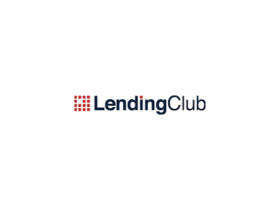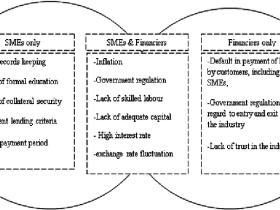FDIC Vice-Chairman Hill Reaffirms
The Federal Deposit Insurance Corporation of the United States addresses, uncertainties regarding tokenization among various regulatory authorities. The anonymity offered by tokens causes a stir in the crypto markets in loop Hill’s statement over crucial issues in the market.
The currency system is now on the verge of a significant leap forward regarding tokenization: digital representation of claims in an artificially created platform called blockchain and decentralization ledger technology,” wrote the Bank for International Settlements last year.
Crypto regulators can’t figure out fundamental differences between cryptocurrencies and tokenization. They aren’t the same and what works for either also holds fundamental differences raising major concerns among regulators, about whether they can keep pace with the volatile environment.
Image Credits: Shutterstock
In such cases, tokenization can execute real-time transactions in several ways: It is programmable, which means that future transactions can “be hard-wired” to execute based on future conditions; It has the capability of atomic settlement, which means that payments can be made and received at the same time; It is immutable, meaning that a ledger serves as a robust audit trail.
It could also reduce settlement delays in the USD$7.5 trillion daily foreign exchange market, as well as in the trade finance sector.
Hill asked. “To what extent will these platforms be interoperable with one another, so that customers using different blockchains can transact seamlessly with each other safely and securely?”A poor regulatory approach to these technologies, Hill said, “presents substantial opportunity costs for bank customers and the U.S. economy, discourages institutions from investing in the future, and cedes influence to non-U.S. jurisdictions.”
The speed and intensity of runs can be increased by instant settlement, but programmability could make them worse by allowing customers to take money out of a bank at the first sign of trouble. On the other hand, atomic settlement reduces the risk of losses between payment and settlement, he said.
With programmability, banks would be able to respond to liquidity pressures immediately and automatically, shifting liquidity when and where needed. Regulators also need to come up with a “backstop” to prevent the movement of tokens in the event of a bank failure.
The lack of transparency surrounding the FDIC’s discussions on blockchain operations, fueled by the perception that the FDIC is “closed for business,” has meant that there is little information available to the public about what the FDIC might be willing to explore.
Even though the biggest banks have consultants and staff working in Washington, DC, to “read the tea leaves” and determine what might be “approved,” most of the industry seems to be saying “Don’t bother,”.
The Bank of International Settlements predicts a major shift in the monetary system with the development of tokenization using blockchain and distributed ledger technology. The Federal Deposit Insurance Corp. is concerned that US regulators are not keeping up with international standards.
Saulsbery, G. (2024, March 12). FDIC pushes regulators to address tokenization. Payments Dive. https://www.paymentsdive.com/news/fdic-pushes-regulators-to-address-tokenization/710172/








Leave a Reply